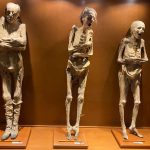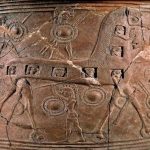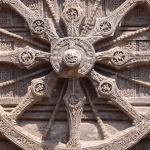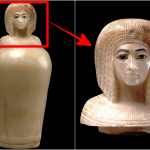Gandharan Paintings: A Blend of Buddhist and Hellenistic Designs

Ancient Gandhara
Gandharan art, also known as Greco-Buddhist art, is a multi-ethnic style of Buddhist art that developed in the Gandhara region in the north of the Indian subcontinent, in what is now present day north-western Pakistan and north-eastern Afghanistan. When Alexander the Great conquered the area in 327 BC he brought with him the western tradition and form of Hellenistic style, which became engrained in the art of the region during the period of rule by his succeeding Generals and the Indo-Greek kingdom that followed. This tradition remained for the next seven centuries until the Islamic conquest, and can be observed in the unique synthesis of the Hellenistic tradition with the local Buddhist forms.
Hellenisation
The Hellenisation of the Buddhist form is most clearly observable in the heightened realism and softening of features in statues. Also the naturalistic treatment of musculature and the drapery and folds of clothing in Gandharan art attest to the legacy of the classical form. Scenes from Greek mythology were a popular theme for art in the region, thus showing that both the artists and the patrons would have had knowledge of Greek culture. It is not uncommon to find depictions of the Buddha or Bodhisattvas in familiarly Greek settings, such as reclining in a symposium like setting. Likewise, deities from Greek mythology also find themselves incorporated into Buddhist representations, displaying an amalgamation of the two religions.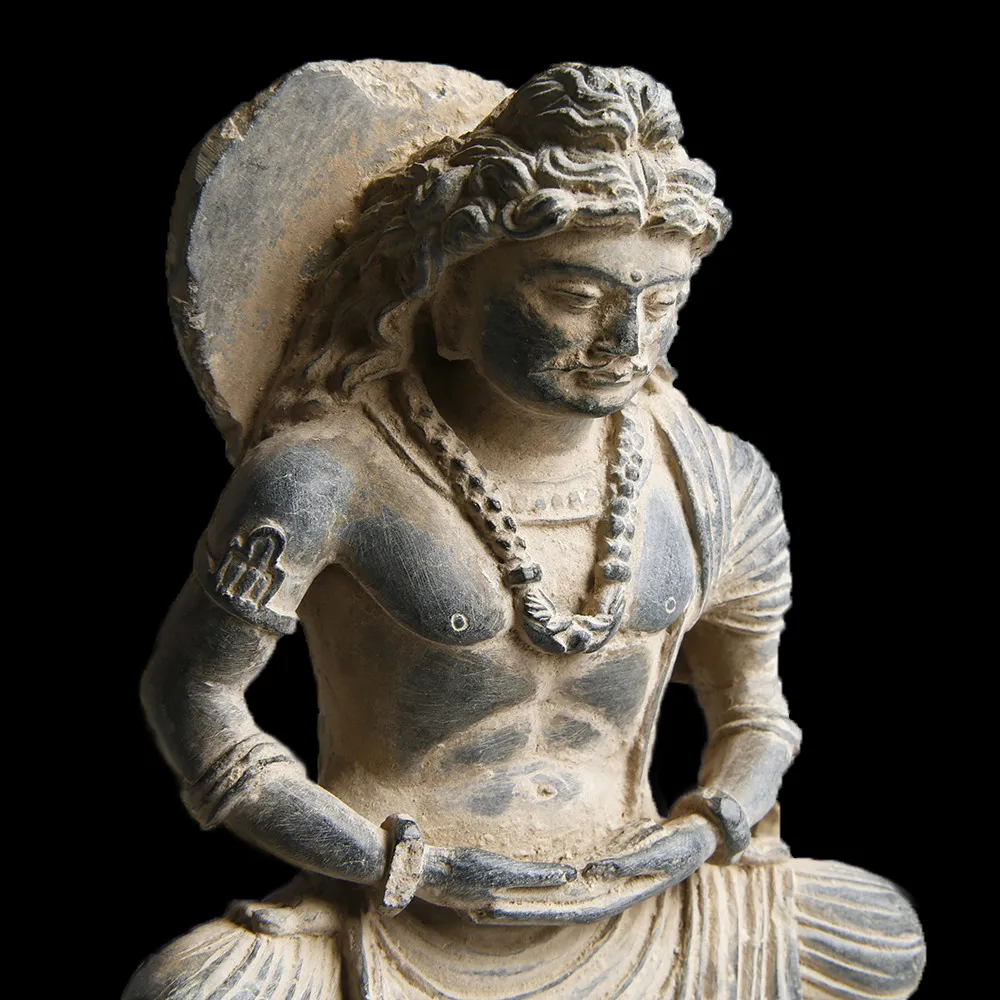
Stone Pallets
One of the earliest forms of art, dated from the 2nd century BC, that the Indo-Greeks and Indo-Parthians of Gandhara are most famous for are the stone pallets, also known as toilet trays. These rounded stone trays, mostly carved out of schist, are believed to have been used to mix cosmetics before being applies to the skin. The majority of surviving example display scenes from Greek mythology that are carved in relief into the stone, but there are also less common examples that show scenes from the life of the Buddha. The artists of the period reinterpreted the Greek myths and combined them with the local Buddhist iconography, creating images that would be understood by the local inhabitants.
Parthian Influence
There is also a clear Parthian influence on the artistic production of Gandhara. Though short lived, the era of Parthian rule in Gandhara (90 BC – 75 AD) had a clear impact on the art of the region as can be seen in the frontal representations of the figures, wherein the subject is looking back at the observer. During the early periods of early Buddhist art the Buddha is known only to have been represented by symbols and it is not until around the 1st century BC that Buddha is represented in non-symbolic, anthropomorphic form. The anthropomorphic image of the Buddha immediately reached a very high level of sculptural sophistication, inspired by the style and the sense of naturalism and idealistic realism of Hellenistic sculpture and art.
Buddha
The Buddha Gautama, or Buddha Shakyamuni, refers to the historical Buddha, on whose teachings the religion was founded. In Gandharan sculptures and high reliefs the Gautama Buddha is always depicted in a meditative state, wearing a monk’s robe. The Buddha statues and the iconographic representations of other Buddhas and Bodhisattvas are also often depicted while performing a number of different poses and ritual postures. Referred to as an asana, there are over 100 poses illustrating the life of the Buddha, with each posture having a specific hand gesture, called a mudra, associated with the individual posture.
Bodhisattvas Maitreya and Avalokiteśvara
The bodhisattva Maitreya, after the conclusion of the current period dominated by the historical Buddha Shakyamuni, will come to earth as the last earthly Buddha. He is usually portrayed as princely figure, alluding to the historical Buddha’s life as a prince before he renounced his kingdom. Bodhisattvas are generally indeed more richly attired, compared to other figures of Buddhas which appear attired as monks. Avalokiteśvara is also depicted wearing finely adorned garments and jewels. Instead of holding a sacred water flask, known as Kamandalu, which is a typical feature of Bodhisattvas Maitreya, Bodhisattva Avalokiteshvara is portrayed holding a lotus flower.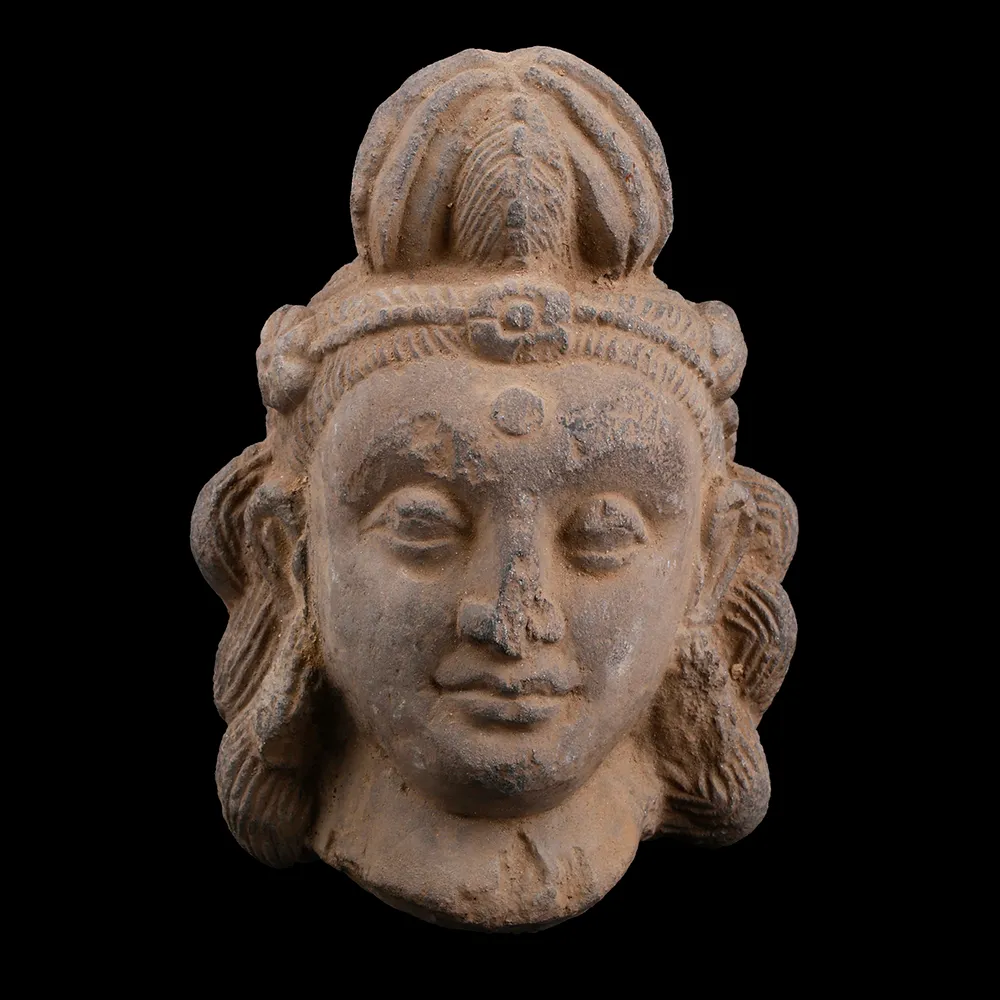
Kushan Dynasty
After a tumultuous few centuries following Alexander’s invasion, with successive groups vying for control, the Kushan Dynasty captured the area in the first century AD. It is during this period that Gandharan art flourished, and during which lots of the major religious centres were established, from which remain the relics and artefact that were so central to holy practices. Most of the Greco-Buddhist art of Gandhara that is so recognisable to us today is thought to have been made during the reign of the Kushans, between the 2nd and the 4th century AD.
